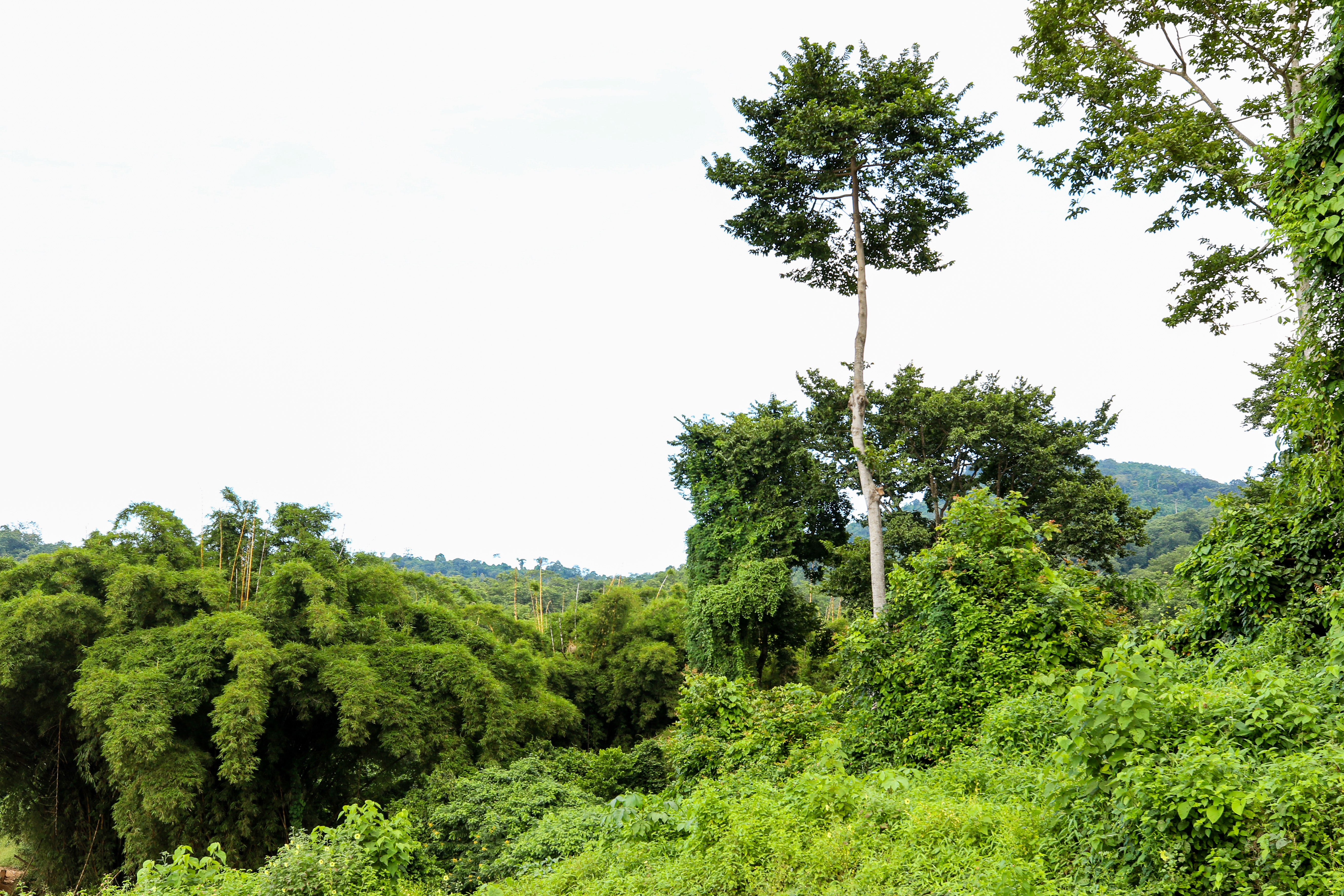How can African governments leverage biodiversity for development?

Landscape of Kilombero
This article is developed and written by the second cohort of the Charles R. Wall Young African Policy Fellows Program and the inaugural Conservation Leadership and Management Fellowship. Both programs aim to build the leadership, negotiation, and communication skills of young African professionals in the conservation sector.
The role natural resources play in the lives of all living beings cannot be contested. However, despite this knowledge, over half of the world’s wildlife has already been lost, and the remaining is at great risk of exploitation and ultimate demise if urgent action is not taken. According to the U.N. Environment Programme, about 62 percent of Africa’s rural populations rely on diverse natural ecosystem services for survival.
“The Economic Case for Nature,” a 2021 report produced by the World Bank, holds that the collapse of just a subset of ecosystem services could lead to a 10 percent drop in gross domestic product (GDP) by 2030 in low-income and lower-middle income countries, particularly in Africa and Asia.
In Africa, most natural resources are governed to an extent by the government, the authority overseeing the management and conservation of these precious resources. With population growth imminent, Africa’s natural resources are in greater demand to sustain socioeconomic needs; thus the role of governments in biodiversity conservation is all the more critical.
Governments’ focus across Africa’s five regions on the sustainable development of their economies is increasingly posing a threat to fostering biodiversity conservation. Most African policies and decisions have been development-oriented, while biodiversity conservation has been excluded from the development agenda. In more cases noted in Africa, there seem to be limited consultations from stakeholders, especially the Indigenous Peoples and local communities, in policymaking and reforms affecting conservation goals.
Local communities’ interests are often generalized homogeneously across programs without understanding their needs or the situation on the ground, which eventually fails to offer assurance, affecting the expected sustainable economic benefit from conservation. This limited participation and consultation of local communities leads to reduced buy-in, rendering efforts toward biodiversity conservation and sustainable development futile. Governments should consider adopting in-depth situational analyses before making decisions and prioritize key stakeholder engagement for every process. Further, consultations should not only be inclusive of local communities but open for all stakeholders, including independent research institutions, to understand the socioeconomic dynamics of the setting is essential.
Sustainable development revolves around social, economic, and environmental components. Still, most governments in Africa have buried their interest in meeting development and economic growth targets, leaving out the third environmental pillar.
Voice of Nature, a community-led conservation NGO in Cameroon, noted that projects such as the development of port activities by the government has contributed to the loss of 31 percent of mangroves in the last five years in Mabanda, a wetland area in the Wouri estuary of Cameroon.
Similarly, in Zimbabwe, land clearance is escalating for development projects such as hotels, housing, and business complexes in areas designated as wetlands as well as mining within protected and conserved areas at the expense of environmental protection. It is vital for governments to holistically look at development with all three pillars and ensure that one is not at the expense of the other.
It has also been noted that African governments acknowledge the importance of the environment and biodiversity in policy statements, but this recognition is inadequately reflected in resource allocations in national budgets. Governments tend to allocate resources to sectors such as agriculture, manufacturing, mining, education, and health; biodiversity conservation is often left out of the equation.
Assessing the value of biodiversity and natural ecosystems
Such misplaced priorities have contributed to the increasing decline of biodiversity across Africa. For example, the 2023 National budget for Zimbabwe allocated the Ministry responsible for environment affairs less than 5 percent of the total budget. With past experiences, 50 percent of that amount is dispersed by the third quarter of the budget year, which grossly affects implementation. It is essential for governments to strike a balance between economic growth and maintaining Africa’s rich heritage by committing substantial resources that can generate an impact on the environment as well as prioritizing mainstreaming biodiversity conservation in all sectors.
Governments, by nature, are politically affiliated and thus aligned with politically driven agendas. Fixed terms of office and changing personalities pose challenges towards implementing and effecting impactful conservation actions, which may have longer durations.
Further, some government agencies may deliberately ill-resource their tasks, relying on external partners and donors for support. This affects the effectiveness of biodiversity conservation activities, plans, and strategies because they now become donor-dependent and may be driven by external agendas. In this case, aligning major biodiversity conservation strategies and timeframes with political terms of office and assigning a semiautonomous government agency whose work is not affected by the political environment to take on biodiversity conservation issues will be beneficial.
As far as strengthening partnerships with conservation organizations, the private sector, and donors, African governments should ensure that their conservation agendas are in sync, that they are speaking with one unified voice, and that they have a common position that cannot and should not be swayed by external agendas.
Over 10 African countries have had their wildlife, ecosystem services, and biodiversity economy assessed. Many others are increasingly expressing interest in developing national ecosystem natural capital accounting frameworks, marking a significant stride in the right direction.
This is proving to be a game changer for African governments as they can appreciate the under-estimated socioeconomic value of conserving biodiversity and ecosystem services. For example, a preliminary study in Zimbabwe has shown that non-timber forest products (NTFPs) have an estimated value of US $500 million per year.
If all African governments can assess their biodiversity and ecosystem services and have biodiversity values integrated into national and local development, poverty reduction strategies, and planning processes, countries will realize sustainable development targets, and grow based on the effectiveness of their biodiversity conservation efforts.